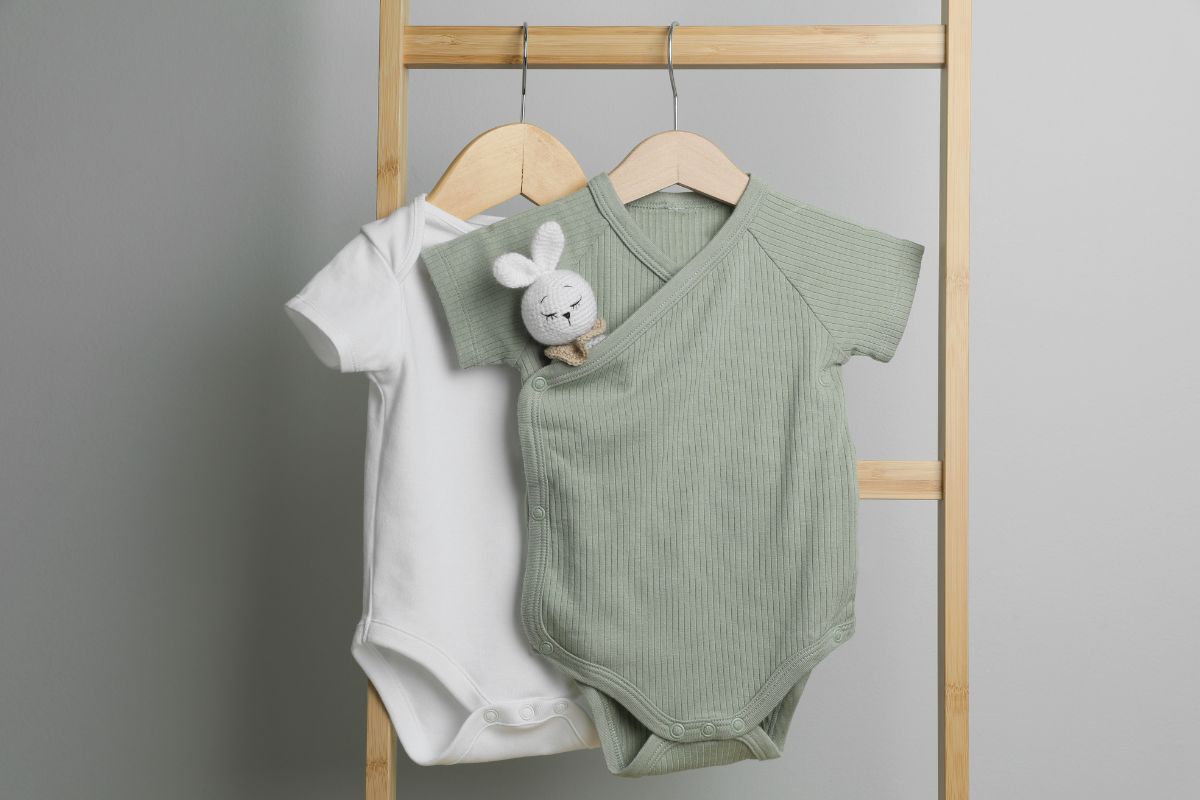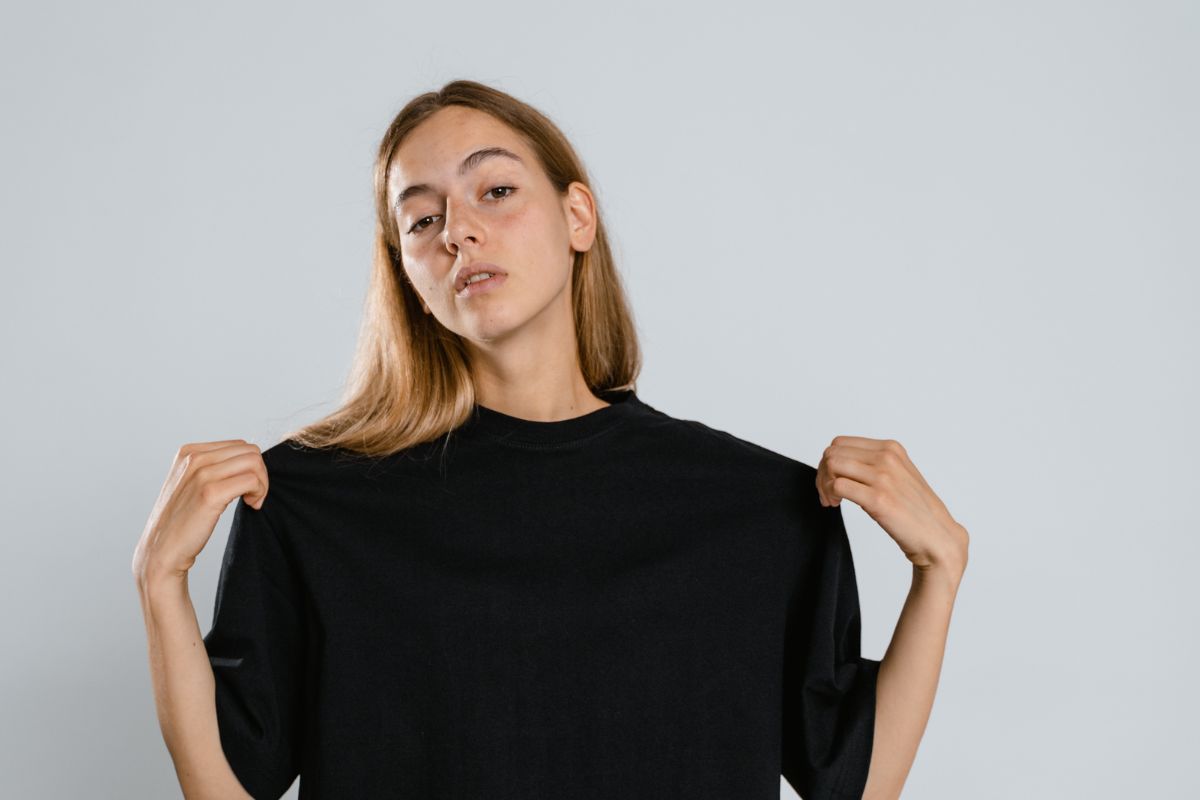When you’re considering the quality of garments and textiles, the composition of the fabric is a crucial factor. Cotton, a natural fiber, is renowned for its breathability and softness, and these qualities are especially prominent in 100% cotton products. You will find that clothes made from 100% cotton are highly absorbent, making them comfortable to wear in warm climates as they wick moisture away from your body.
However, pure cotton does come with a couple of drawbacks. While it’s soft and comfortable, it can shrink significantly if not pre-shrunk or washed correctly. It’s also more prone to wrinkles, meaning it may not always look as crisp as a blend unless you’re willing to invest time in ironing. Moreover, although cotton is durable, the addition of other fibers in blended fabrics can enhance longevity and reduce wrinkling, making blends a consideration for your daily wear.
In terms of environmental considerations and skin sensitivity, 100% cotton scores well. It’s a sustainable, biodegradable material, and because it’s hypoallergenic, it’s often recommended for sensitive skin. Quality can vary within 100% cotton products depending on the type of cotton used and the weave of the fabric, so when looking for high-quality cotton products, consider factors such as the type of weave and the origin of the cotton.
Benefits of 100% Cotton
When you choose clothing made from 100% cotton, you’re opting for exceptional comfort and a lower environmental impact. Your wardrobe isn’t just about looking good—it’s also about feeling good and making decisions that can help the planet.
Comfort and Breathability
100% cotton is renowned for its comfort and breathability. The fabric’s unique ability to facilitate airflow helps to regulate your body temperature, keeping you cool in the heat and insulating you during colder weather. Here’s a quick overview:
- Comfort: Cotton’s soft texture provides a gentle feel against your skin, making it an ideal choice for day-long wear.
- Breathability: The fibers in cotton fabric allow air to circulate, which reduces the buildup of sweat by wicking moisture away from your body.
Sustainability and Environmental Impact
Choosing 100% cotton also reflects a commitment to environmental sustainability. Cotton’s carbon footprint can be lower than synthetic fibers, owing to the following factors:
- Resource Use: Advancements in cotton production have led to a decrease in water and energy usage, illustrating strides toward more eco-friendly practices.
- Carbon Emissions: Improvements in cultivation and processing techniques have resulted in reduced greenhouse gas emissions, making cotton a more sustainable choice for the environment.
By selecting 100% cotton, you are not only ensuring personal comfort but also contributing to more sustainable consumption practices.
Cotton Quality Factors
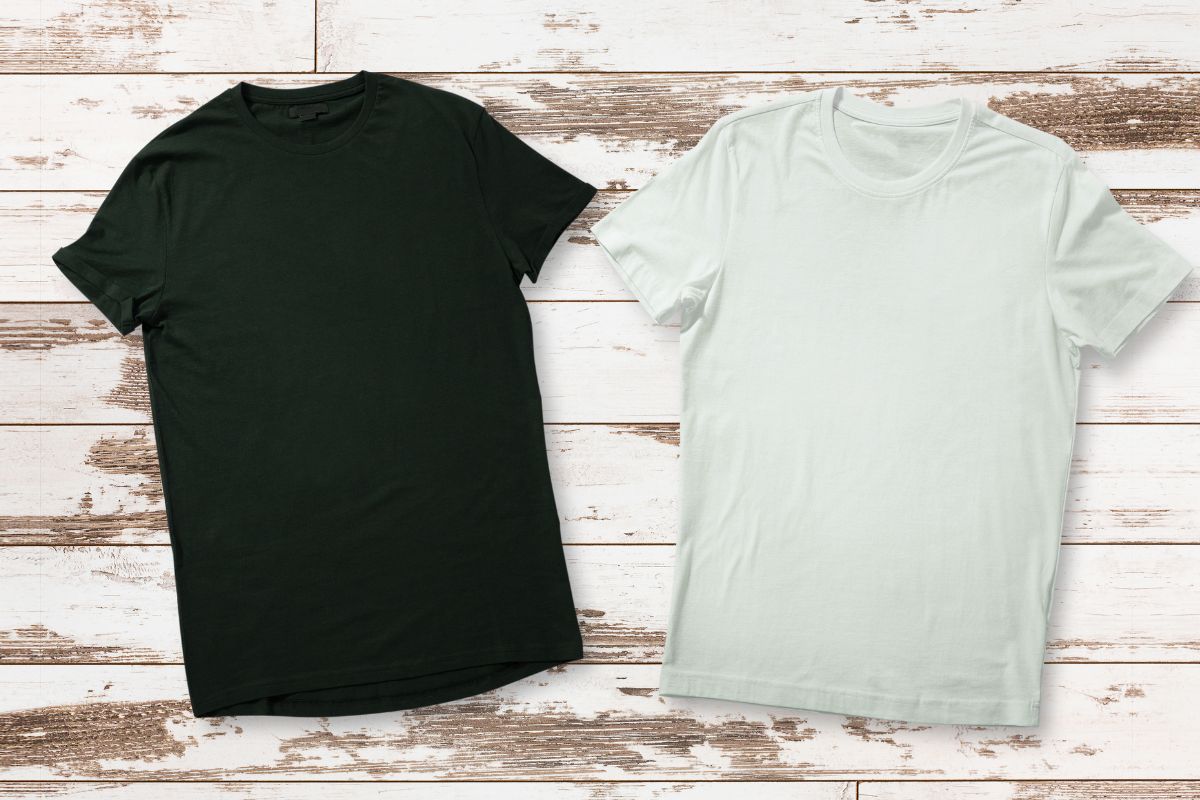
When selecting cotton materials, you should consider a variety of quality factors ranging from the inherent attributes of the cotton fibers themselves to the types of weaves and certifications they may carry. These aspects directly influence the durability, texture, and softness of the cotton fabric.
Fiber Attributes
The quality of cotton heavily relies on its fibers. Long staple fibers tend to produce softer and more durable fabrics. You’ll encounter terms like Extra-Long Staple (ELS) cotton, indicative of higher quality due to the fibers’ length, which reduces the chance of pilling and enhances softness.
Weave Varieties
The weave of the fabric affects its texture and appearance. Common weaves include:
- Plain Weave: Balanced and tight, used in lighter fabrics.
- Twill Weave: Diagonal rib pattern, often heavier and stronger.
- Sateen Weave: Satin-like, with a smooth surface.
Higher thread count usually implies a finer texture, but the best weave for you depends on the intended use of the fabric.
Certifications
Look for specific certifications such as the Global Organic Textile Standard (GOTS) to ensure quality. This indicates the cotton is organically grown and processed according to stringent standards. GOTS certified means the fabric is made with at least 95% organic fibers. Such certifications verify that the product you are purchasing has passed multiple checks for environmental and social responsibility.
Cotton Care Instructions
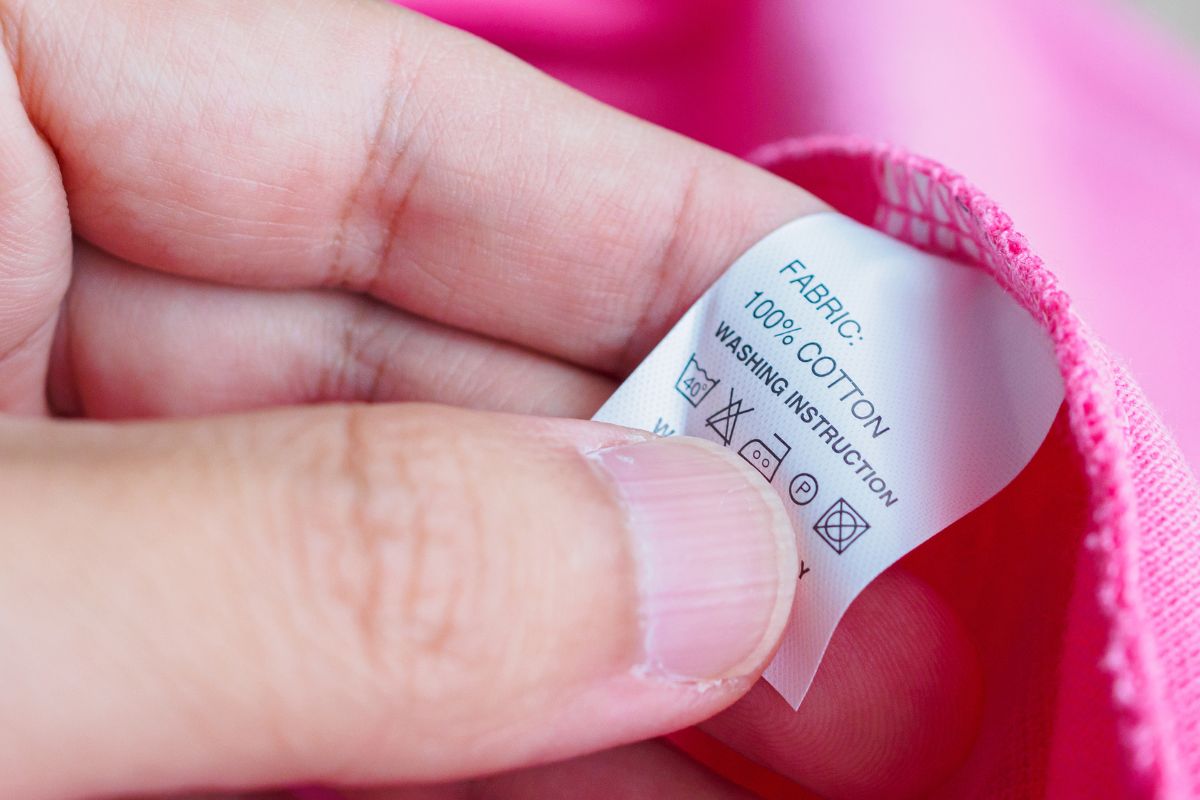
Proper care and maintenance of your cotton garments are essential for ensuring longevity and keeping them looking their best.
Washing and Drying
- Washing Instructions:
- Machine wash your cotton items in cold water to prevent shrinkage and maintain color vibrancy.
- Use a gentle cycle for delicate cotton fabrics to reduce wear and tear.
- For heavily soiled items, a warm water setting may be used.
- Drying Instructions:
- Air dry cotton garments when possible to help prevent shrinkage. Hang them in a well-ventilated area.
- If using a dryer, select a low or medium heat setting and remove the items while slightly damp to avoid over-drying and additional shrinkage.
Longevity and Maintenance
- Shrinkage: Pre-washed cotton items are less likely to shrink. To minimize shrinkage in others, wash with cold water and avoid high heat when drying.
- Wrinkle-Resistance: Remove your cotton clothing from the dryer promptly to reduce wrinkling. For best results, iron cotton on the wrong side using a warm iron, not hot, to prevent scorching.
By following these care instructions, you can ensure your 100% cotton garments retain their quality, comfort, and appearance over time.
Types of Cotton
When you select cotton products, understanding the different types of cotton can help you make an informed decision based on durability, softness, and environmental impact.
Effect of Different Cotton Types
Different types of cotton offer varied textures, durability, and care requirements. Pima and Egyptian cottons are known for their longer fibers, making them exceptionally soft and durable. These are often found in high-end sheets and garments. Organic cotton is grown without chemical pesticides and is typically certified by third-party organizations to ensure agricultural and processing standards are met.
Pima, Supima and Egyptian
Pima cotton is recognized for its long fibers, which contribute to the fabric’s durability and softness. Supima, a trademarked name for American-grown Pima cotton, ensures the cotton is 100% American Pima. Egyptian cotton, predominantly grown in the Nile River Valley, is prized for its long fibers and is commonly used in luxury bedding products.
Organic vs. Conventional Cotton
Organic cotton is cultivated without harmful chemicals, promoting environmental sustainability and often benefiting communities with healthier farming practices. Conventional cotton may be less expensive, but it can involve the use of pesticides that have environmental consequences. When choosing, consider certified organic cotton to ensure it meets rigorous organic standards.
- Pima/Supima Cotton: Known for softness and durability; ideal for luxury products.
- Egyptian Cotton: Offers premium quality, highly appreciated in fine bedding.
- Organic Cotton: Grown without harmful chemicals; better for the environment.
- Conventional Cotton: More affordable, but often involves chemical use during cultivation.
Cotton Products
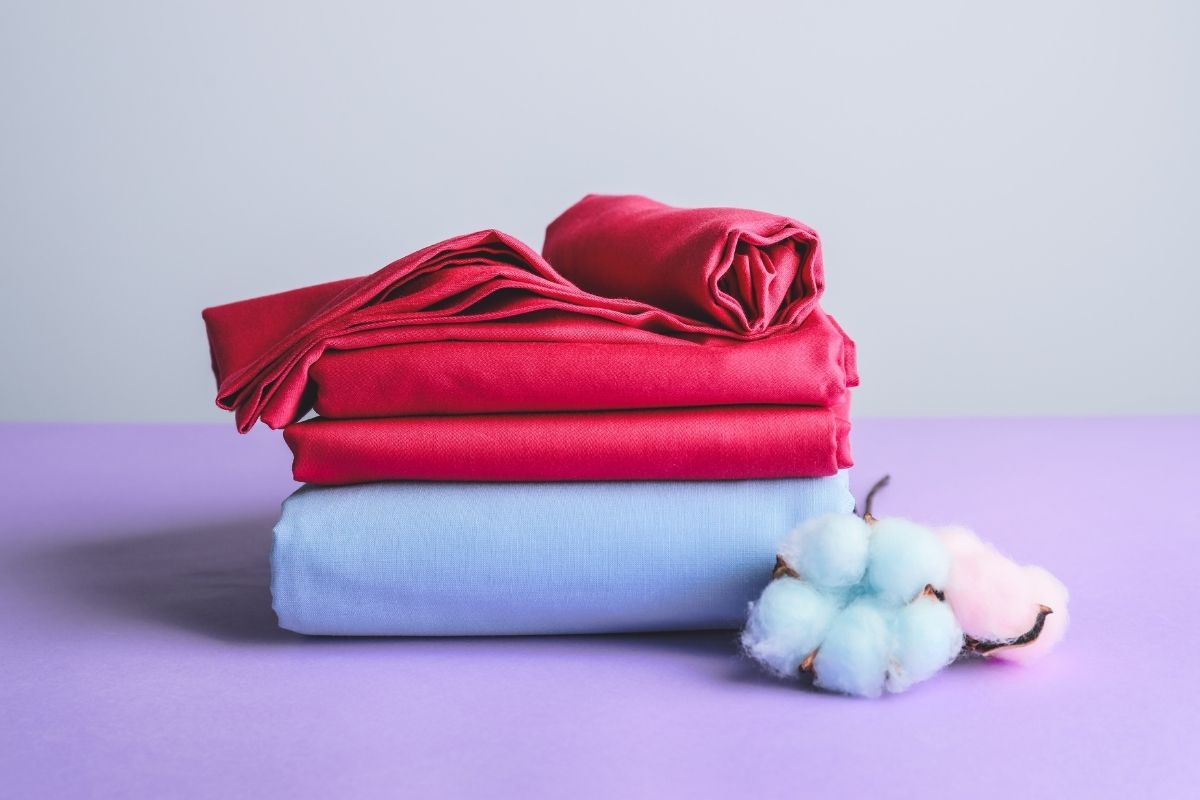
Your choices in cotton products can impact both comfort in your home and your personal style. Cotton, renowned for its versatility and natural comfort, is a staple in home textiles and clothing.
Cotton in Bedding
When choosing bedding, you’ll find that cotton bed sheets are a popular option due to their breathability and softness. For a premium experience, the Brooklinen Luxe Core Sheet Set is a high-thread-count choice favored for its luxurious feel. Additionally, you’ll find cotton prevalent in:
- Sheets: Cotton sheets offer a cool and crisp feeling, especially beneficial in warmer climates.
- Pillows: A cotton casing is breathable, keeping the pillow cool and adding to your comfort through the night.
- Mattresses: Cotton covers are often used in mattresses for their soft and natural feel against the skin.
Cotton in Clothing
Cotton clothing is cherished for its softness, durability, and ease of care. When you’re considering cotton garments, it’s important to think about:
- Fabric Quality: Look for 100% organic certifications for a high-quality, sustainable choice.
- Sensations against Skin: Pure cotton tends to be softer and gentler on your skin, which can be more comfortable for daily wear.
- Durability: Blends with synthetic fibers may offer enhanced durability and less wrinkling, but pure cotton is preferred for its environmental benefits.
By understanding these key aspects of cotton products, you set yourself up for making informed decisions that cater to both your comfort and ethical considerations.
Economic Aspects of Cotton
| T-Shirt Quality | Average Cost (USD) | Description |
|---|---|---|
| Basic | $5 – $10 | Simple, plain T-shirts with minimal design. |
| Mid-range | $10 – $20 | Better quality fabric, possibly with some design elements or branding. |
| Premium | $20 – $30 | High-quality cotton, possibly organic or sustainably sourced, with premium branding or design features. |
| Designer | $30+ | Designer brands or limited edition T-shirts with unique designs or collaborations. |
In the realm of textiles, you often evaluate fabric based on both its quality and economic value. Cotton stands out as a natural fiber with significant economic considerations, influencing both cost-effectiveness and investment in quality.
Cost-Effectiveness
When you choose cotton, you’re selecting a material known for its affordability. The cost of cotton fabric is tied to its global production, which accounts for substantial economic activity. It’s a versatile material used in a wide range of products, from high-end fashion to everyday basics, offering you a balance between cost and quality. Cotton’s widespread cultivation ensures a steady supply, making it a budget-friendly option for various consumer needs.
- Affordability: Cotton’s abundant supply often translates to lower prices for you.
- Budget-Friendly: Cotton products can fit into your financial limitations without sacrificing comfort or style.
Investment in Quality
When you decide to splurge on higher-end cotton products, you’re investing in more than just fabric. The economic impact of cotton includes a plethora of products and services exceeding $35 billion, reflecting the investment in quality from field to fabric. High-quality cotton goods often have a superior feel, durability, and longevity, offering you value for your money. Additionally, cotton’s natural properties, such as breathability and hypoallergenic characteristics, often justify the extra investment in quality for your wardrobe and home.
- Durability: Paying more upfront for high-quality cotton can mean longer-lasting garments and products.
- Longevity: Investments in quality cotton result in products that may remain in good condition for extended periods, providing enduring value.
Comparisons with Other Textiles
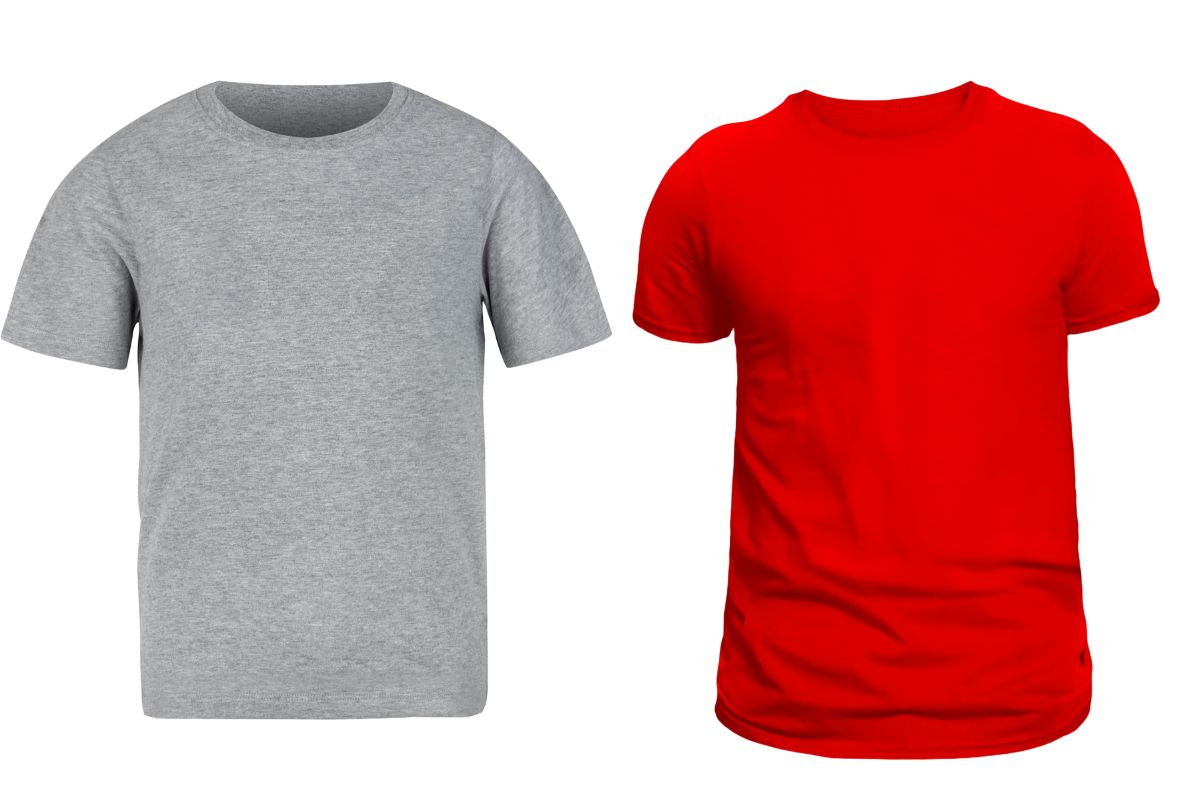
When you’re choosing a textile, it’s crucial to consider how cotton stacks up against synthetic fibers and silk. Each material offers distinct characteristics that can influence your decision based on durability, comfort, and environmental impact.
Cotton vs. Synthetic Fibers
Cotton:
- Natural Fiber: Cotton is a natural fiber that’s soft, breathable, and gentle on your skin.
- Environmental Impact: It’s biodegradable but has a high water footprint during cultivation.
Synthetic Fibers (e.g., Polyester):
- Durability: Synthetic fibers like polyester are known for their strength and long-lasting quality.
- Wrinkle Resistance: They tend to be more wrinkle-resistant, meaning your clothes maintain a neat appearance without ironing.
Key Comparisons:
| Quality | Cotton | Synthetic Fibers |
| Softness | Soft to the touch | Varies by treatment |
| Breathability | Highly breathable | Less breathable |
| Allergenic Potential | Hypoallergenic | Can irritate sensitive skin |
| Environmental Impact | Biodegradable but water-intensive | Less water-intensive but not biodegradable |
Cotton vs. Silk
Cotton:
- Breathability: You’ll find that cotton is comfortable and breathable, ideal for hot climates.
- Care: Easy to care for, machine washable, and sturdy through numerous washes.
Silk:
- Luxury: Silk is often associated with luxury, having a smooth and lustrous feel.
- Temperature Regulation: It has good insulating properties, keeping you cool in summer and warm in winter.
Key Comparisons:
| Quality | Cotton | Silk |
| Feel Against Skin | Comfortable | Smooth and luxurious |
| Maintenance | Easy to maintain | Requires delicate care |
| Breathability | High | Moderate with temperature-regulating properties |
| Durability | Durable | Less durable, can fray easily |
When you compare textiles, remember to match the material to your needs, whether it’s for clothing or home textiles. Each fabric carries its own set of benefits that cater to different situations and personal preferences.
Innovations in Cotton Production
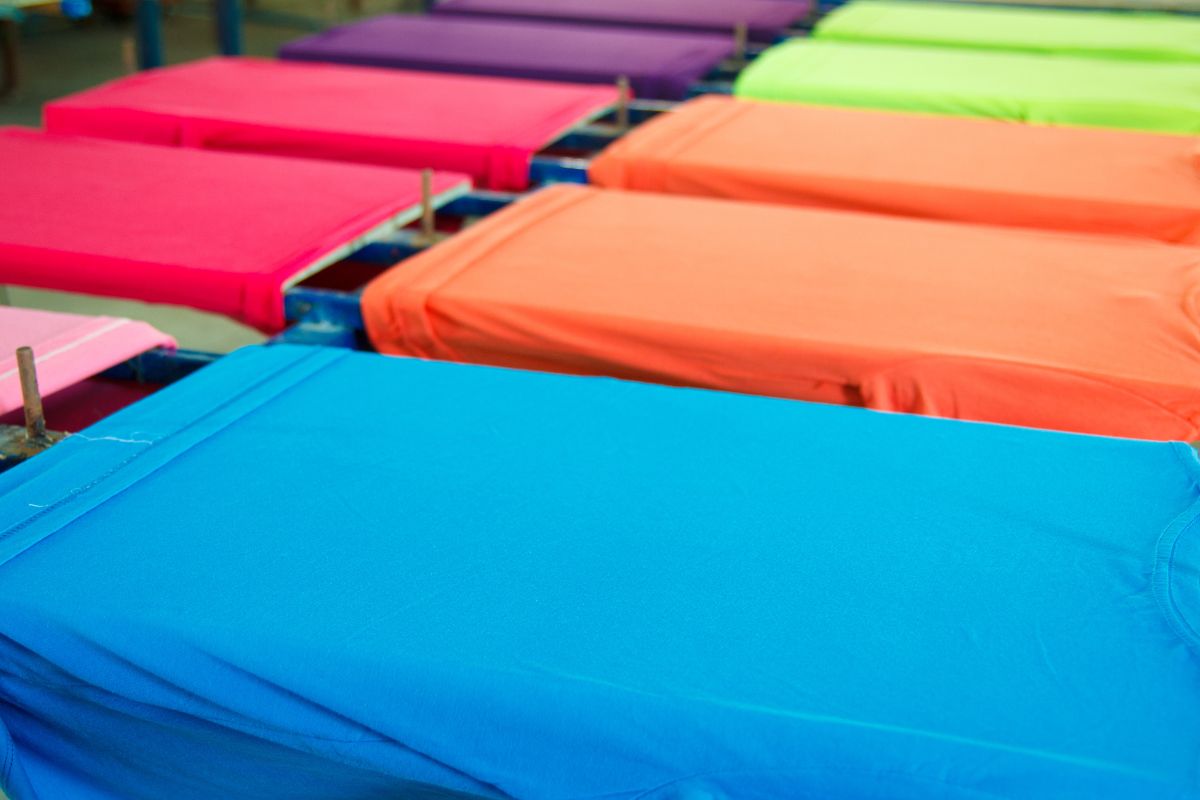
In recent years, innovations have significantly altered the landscape of cotton production, enhancing its sustainability and efficiency. You’ll find that both the manufacturing processes and the integration of technology play pivotal roles in this transformation.
Advancements in Manufacturing
Manufacturing processes are crucial to the production of sustainable cotton. Brands and supply chain actors are now increasingly focusing on utilizing sustainable cotton, with targets set to achieve 100% sustainable cotton in their supply chains by 2025. Here’s what you need to know:
- Sustainable Practices: Reduction in the use of fertilizers and a shift to more environmentally friendly alternatives have minimized the ecological footprint of cotton manufacturing.
- Recycling Technologies: Implementing recycling processes in the cotton industry is not only about reducing waste but also about creating a circular economy, where cotton waste is converted back into usable fiber.
The Role of Technology and Research
Your understanding of cotton production’s future must include the influence of technology and research. They are vital for improving yield and sustainability. Below are some specifics:
- Technological Innovations: Cutting-edge tools and methodologies are employed to manage variability in cotton-based cropping systems.
- GPS and precision agriculture
- Drought-resistant and pest-resistant cotton varieties
- Research Advancements: Significant resources are invested in research to find better ways to reduce drudgery and improve disease resistance, which in turn results into higher yield and better quality of cotton.
Consumer Considerations

When selecting cotton products, you must consider factors such as the fabric’s feel and its care requirements. Understanding labels and sustainability standards is also crucial for making informed decisions.
Choosing Cotton Products
Comfort and Feel: Cotton is prized for its comfort and natural fibers which are lightweight and breathable. This makes it an excellent choice for a variety of climates, as it facilitates moisture absorption and helps regulate body temperature. For a smoother feel, look for products with a sateen weave which can offer a lustrous finish while adding to the durability.
Durability and Longevity: High-quality cotton products, such as those labeled as combed cotton, often exhibit greater longevity and maintain their colors and prints better over time. When looking for bed sheets, for instance, percale cotton provides a crisp and cool feel with a matte finish, whereas a brushed surface offers a softer texture that might pill less.
Fabric Composition: Pay attention to the fabric composition when choosing products. Cotton blends can combine the advantages of cotton with those of synthetics, such as improved wrinkle resistance, but they may not provide the same breathability as 100% cotton.
- 100% cotton: Ideal for heat and moisture absorption.
- Cotton blend: Typically less prone to wrinkling, with the addition of materials like polyester or microfiber.
Understanding Labels and Standards
Quality Fabric Indicators: Look for cotton products that have undergone lab tests confirming their quality. Solid colors and prints should maintain vibrancy after repeated washing. Revel in the texture and quality fabric must be both machine-washable and equipped with features like a deep pocket for fitted sheets.
Environmental Impact: Be aware of the pesticides used in conventional cotton farming that may affect both the environment and the fabric’s properties. Organic cotton, indicated by certifications like Global Organic Textile Standard (GOTS), ensures minimal use of harmful chemicals and better farming practices.
| Label | Indication |
| GOTS | Organic cotton, environmentally friendly processes |
| Oeko-Tex | Tested for harmful substances, safe for consumer use |
By understanding these considerations, you ensure your cotton purchases match your preferences for comfort, sustainability, and care while selecting from an array of refined fabric options like solid colors, prints, or specialized weaves that add to the fabric’s aesthetic and functional appeal.
Frequently Asked Questions
In this section, we address common queries about using 100% cotton materials, focusing on benefits, environmental considerations, quality comparisons, durability, comfort, and suitability for different weather conditions.
What are the benefits of 100% cotton t-shirts?
Your 100% cotton t-shirts offer breathability, which helps regulate your body temperature by allowing air to circulate. This natural fiber is also hypoallergenic, reducing the risk of skin irritation.
What is the environmental impact of using 100% cotton?
The cultivation of cotton can significantly impact the environment. It requires a substantial amount of water and often uses chemical pesticides and fertilizers, which can pollute water sources and harm local ecosystems.
How does 100% cotton compare to cotton-polyester blends in terms of quality?
100% cotton generally provides a softer feel and is preferred for its natural touch. Cotton-polyester blends, however, are praised for their increased durability and resistance to wrinkles and shrinkage.
In terms of durability, how does 100% cotton fare?
100% cotton is less durable than synthetic fibers or blends. It can wear out faster, especially when subjected to frequent washing and high temperatures, which can cause the fibers to break down over time.
Is 100% cotton comfortable for everyday wear?
Yes, 100% cotton is often considered comfortable for daily wear due to its soft texture and breathability, which helps in managing moisture and prevents the buildup of sweat.
How suitable is a 100% cotton hoodie for colder weather?
A 100% cotton hoodie can provide warmth and comfort in cooler conditions, but it may not insulate as well as wool or fleece. For colder weather, it is often layered with other garments to enhance warmth.


